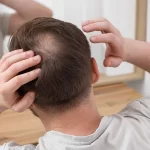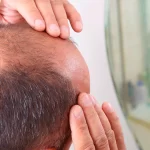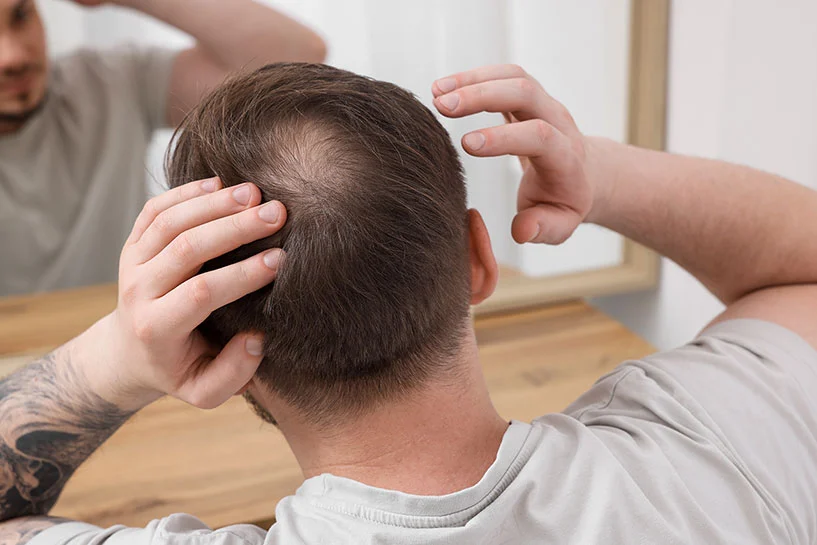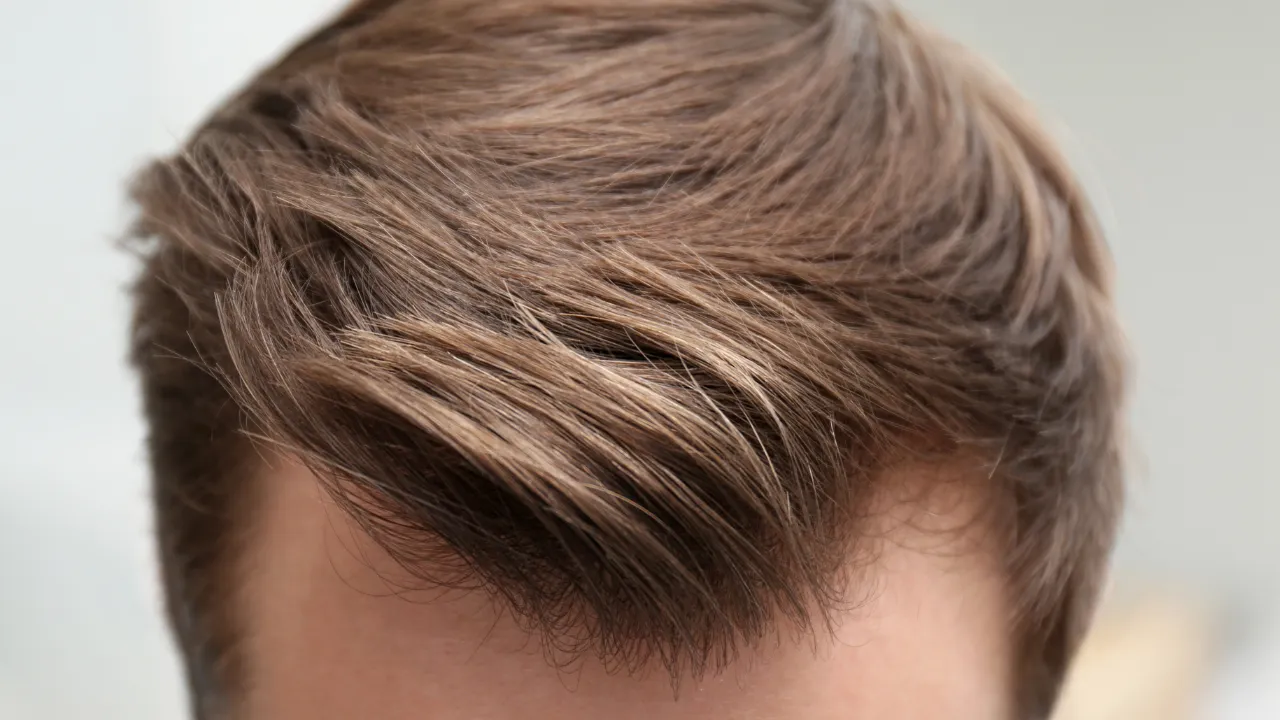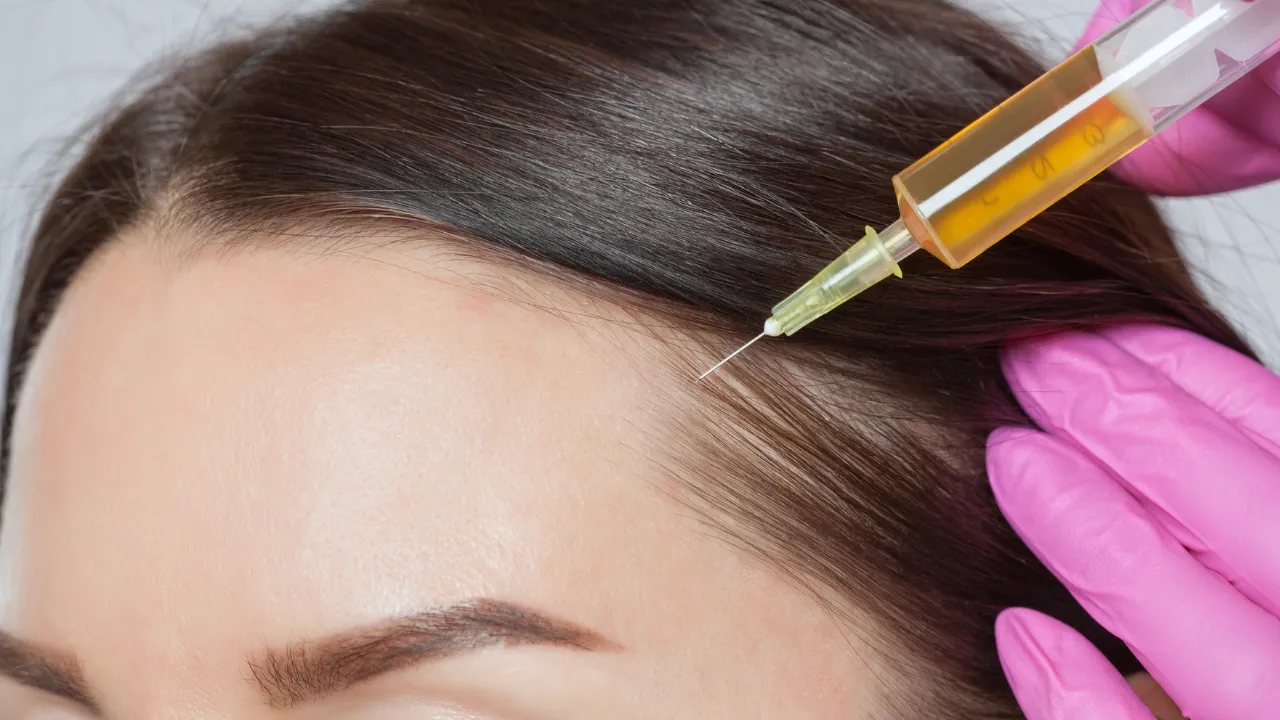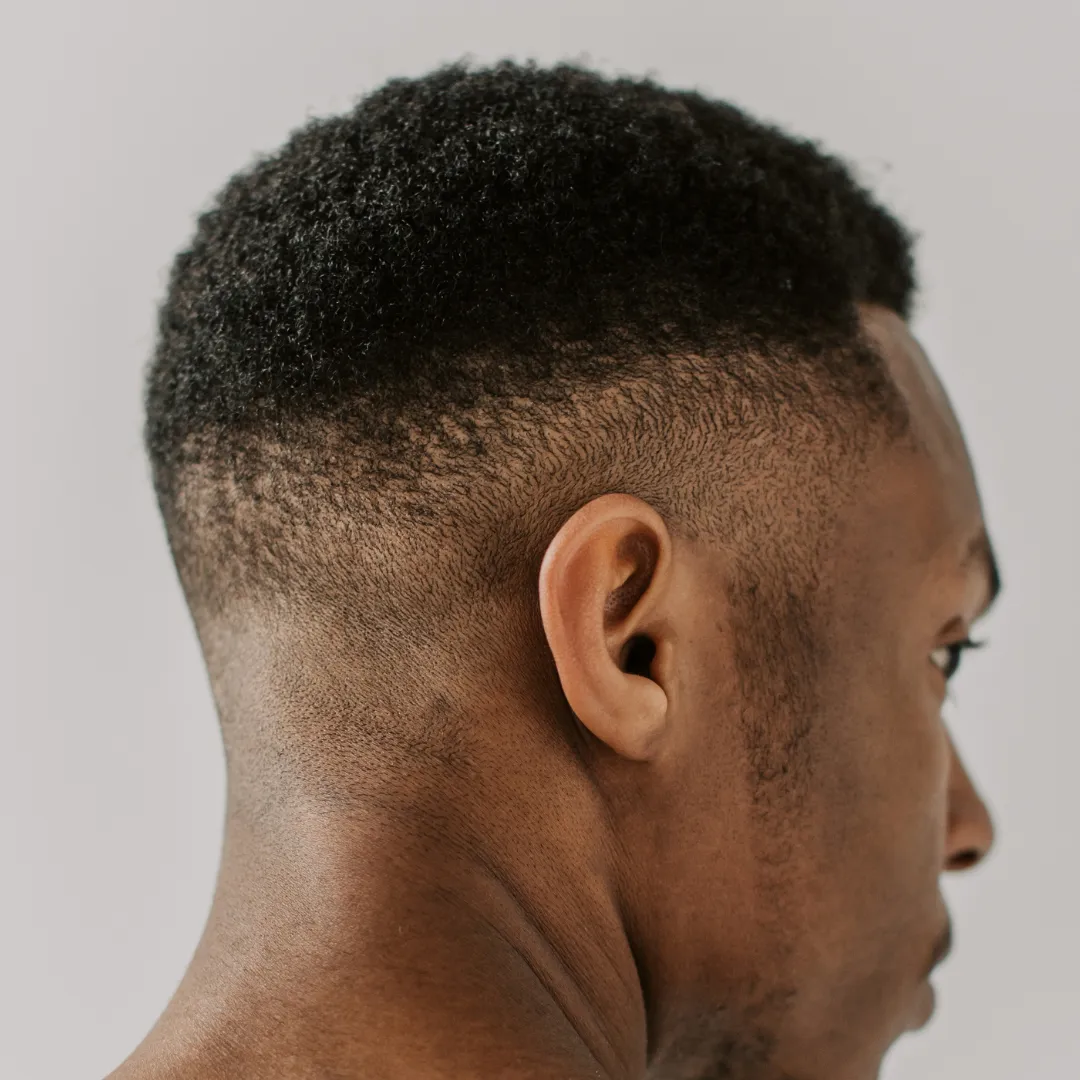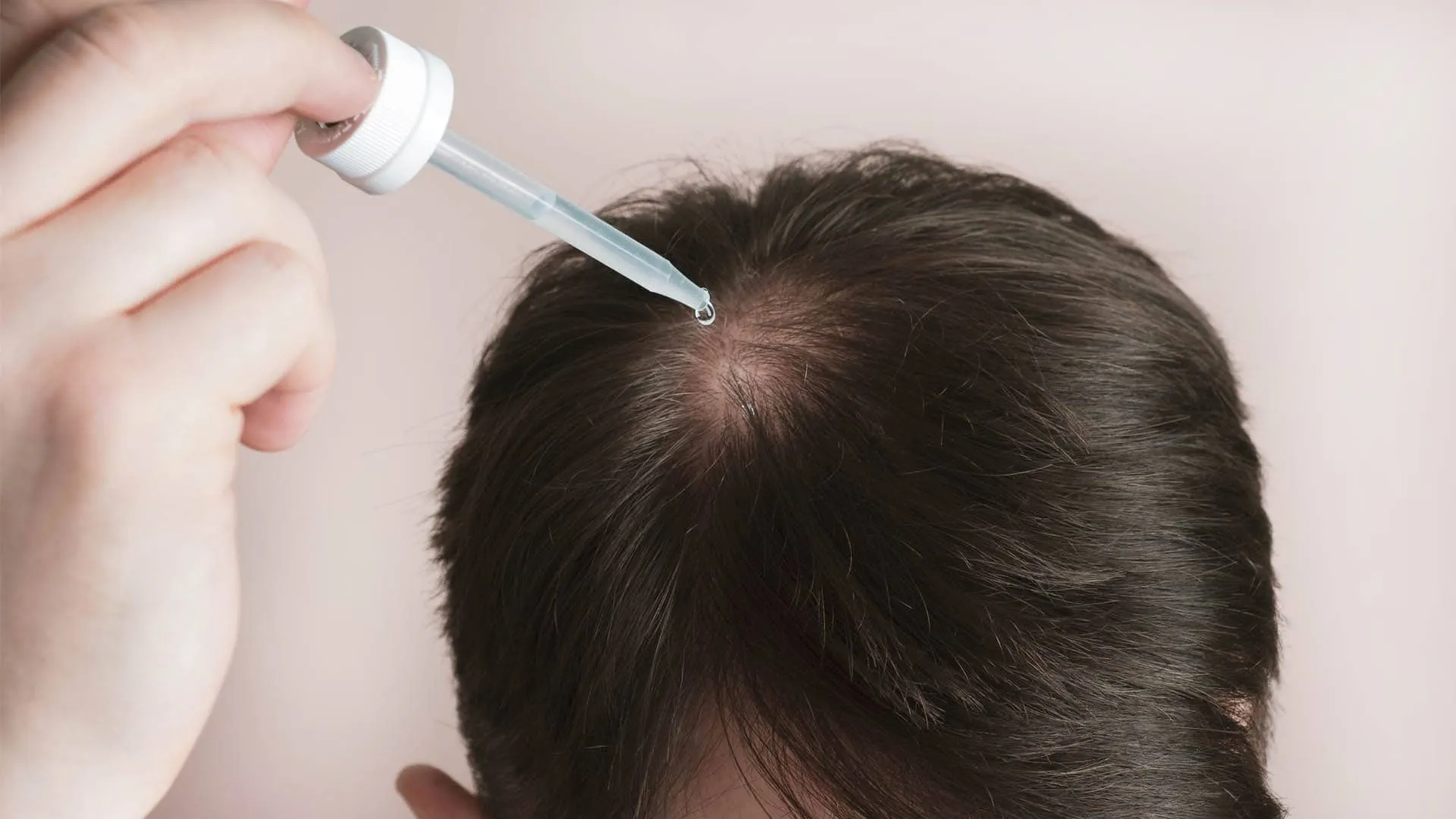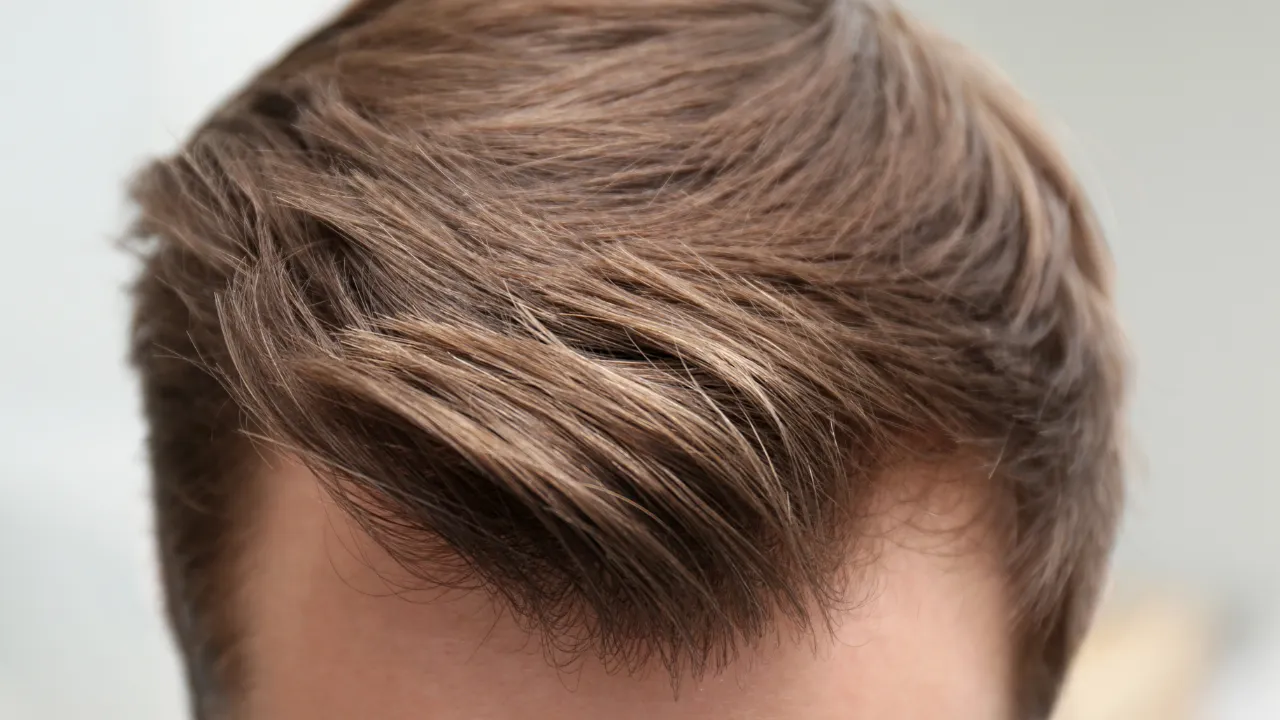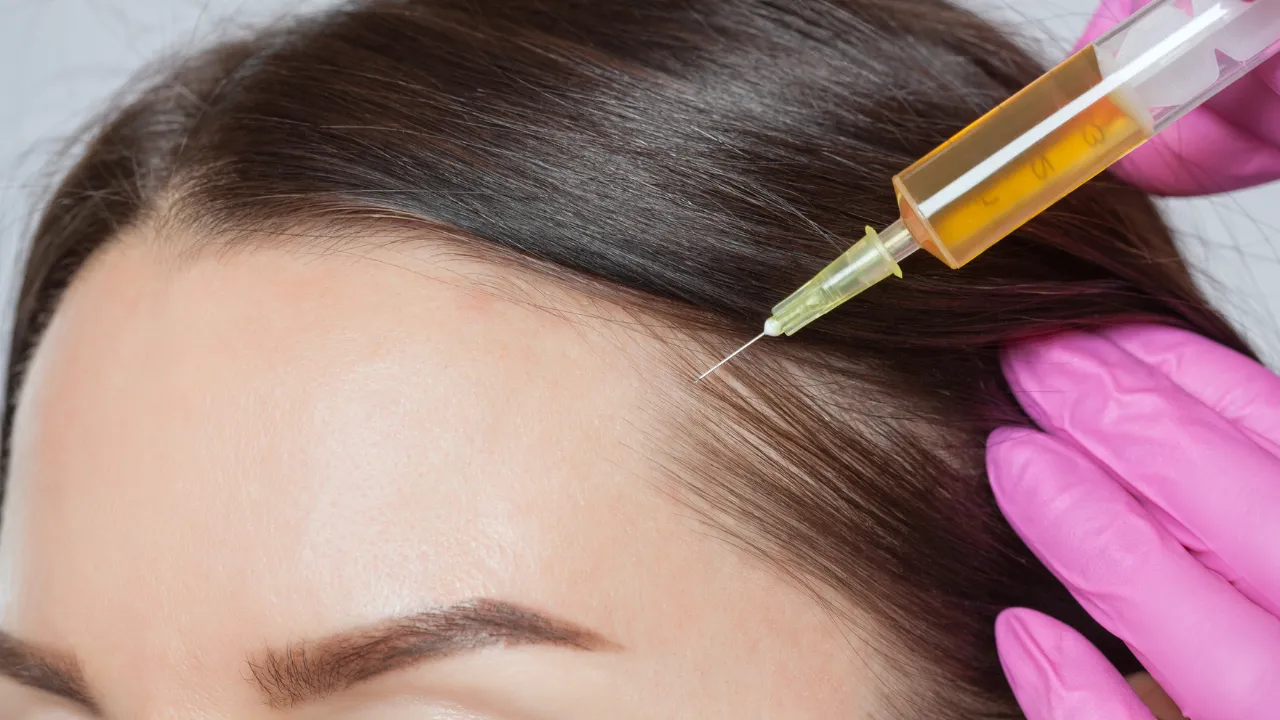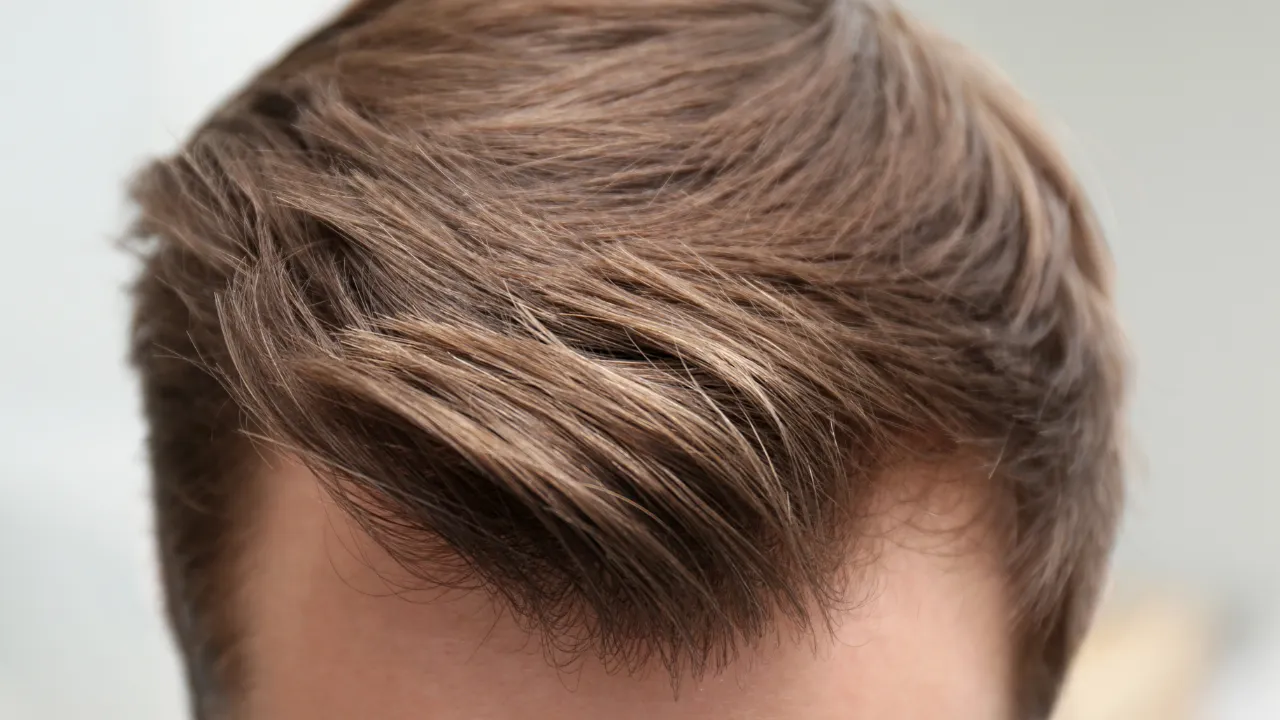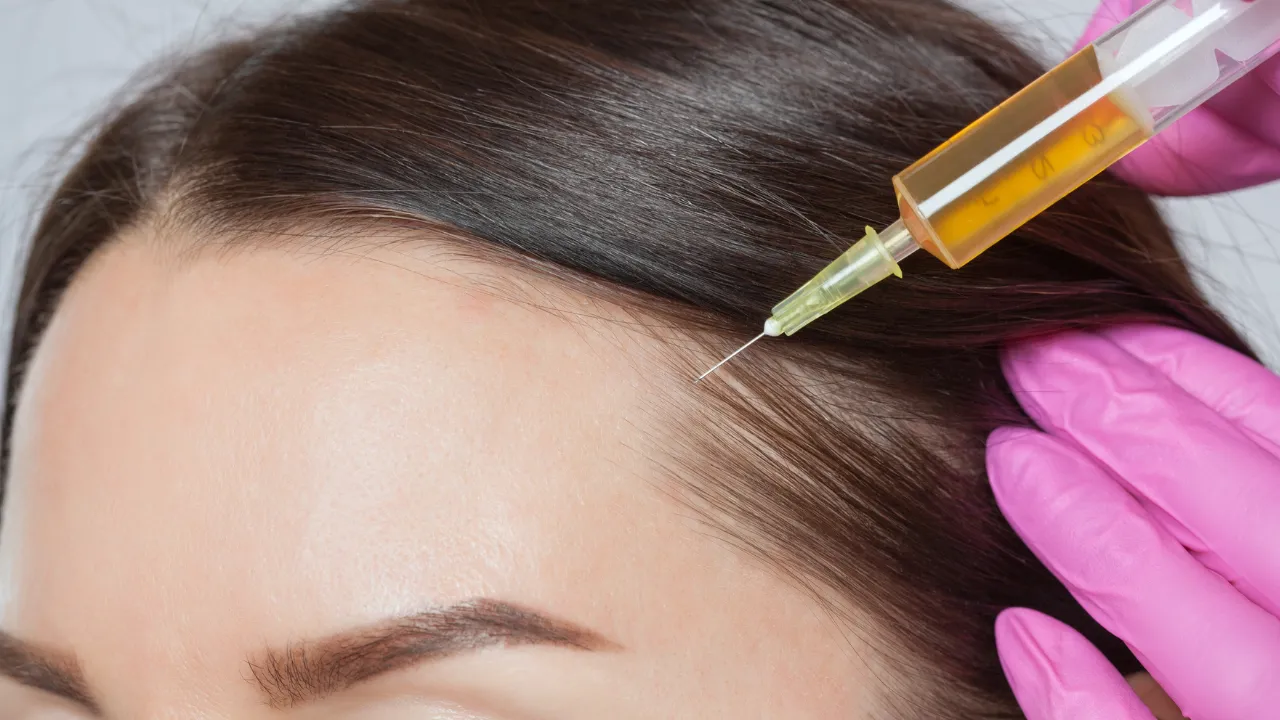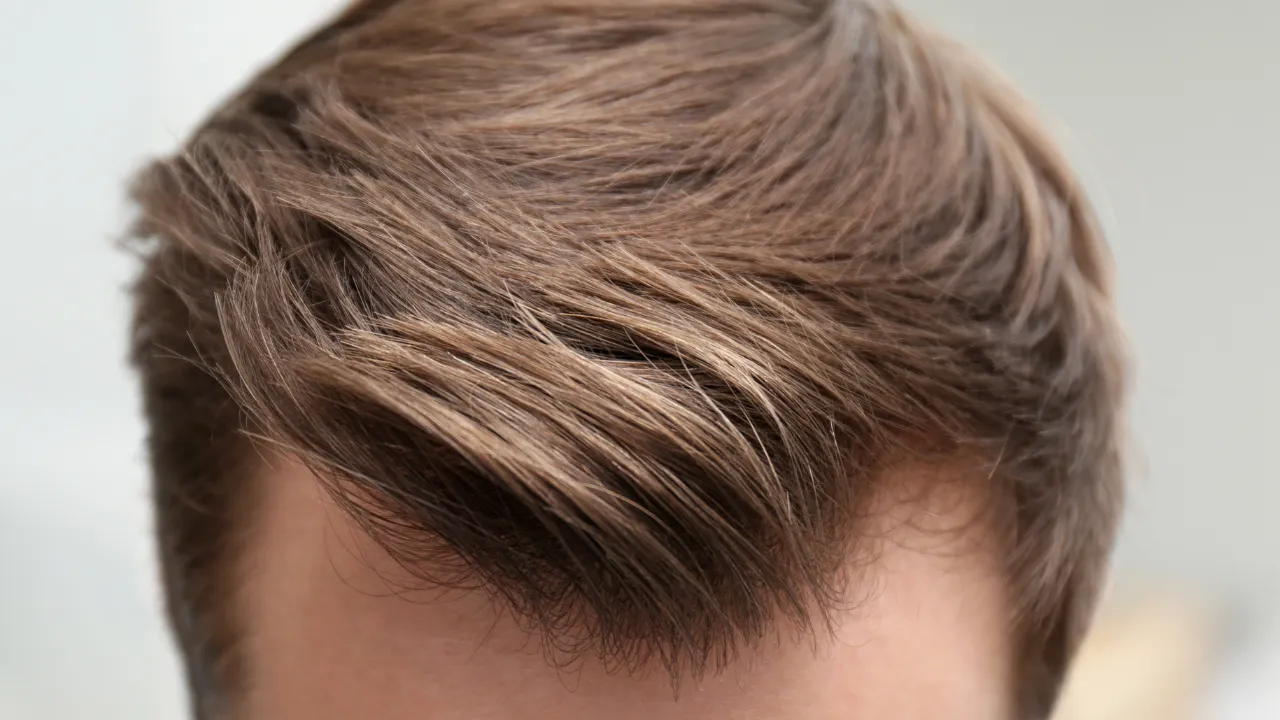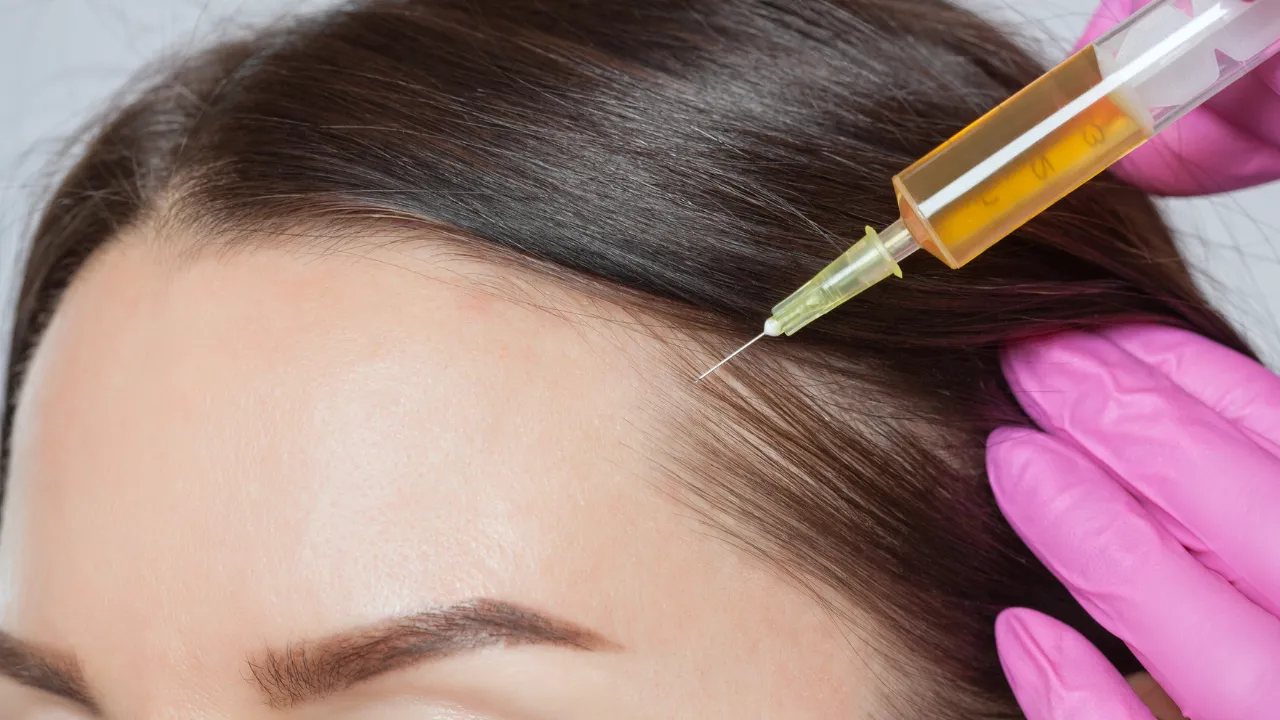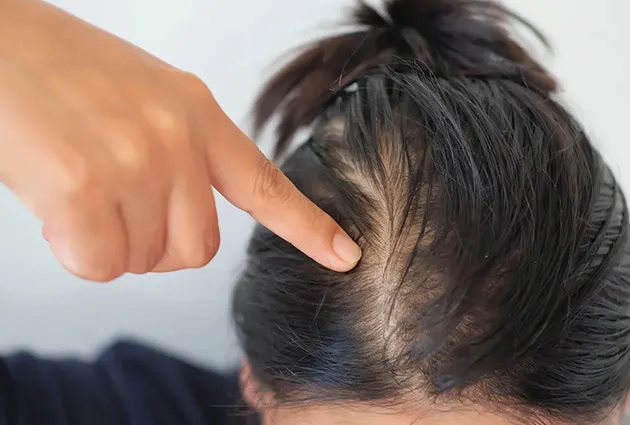Table of Contents
ToggleAt Kopelman Hair, patients often ask: Do you have to take finasteride after hair transplant? Keeping new hair results involves more than surgery alone. Understanding finasteride helps patients plan lasting results for transplanted areas and existing hair alike.
Key Takeaways
- Finasteride isn’t mandatory after a hair transplant, but it helps maintain hair density and prevent further hair loss.
- Alternatives, such as minoxidil or PRP, are available for those who prefer not to use finasteride.
- Women should avoid finasteride unless advised in specific postmenopausal cases.
- Costs vary, and discussing generic options with your doctor is wise.
- Dr. Kopelman emphasizes the importance of individualized treatment plans for achieving optimal hair restoration outcomes.
Do You Need Finasteride After Hair Transplant?
Is Finasteride Always Needed After Hair Transplant?
Not every patient needs finasteride after a hair transplant procedure. Many wonder, Do you need to take finasteride after hair transplant, and the answer depends on your hair loss pattern and goals.
It primarily protects native hair that is vulnerable to pattern hair loss and helps stabilize existing hair in the surrounding transplanted areas. While transplanted hair from hair transplant surgery is permanent, surrounding hair may thin without medical support.
Dr. Kopelman advises evaluating hair loss treatment options based on each patient’s hair loss activity. Transplant without finasteride is possible but may risk uneven results over time.
Is Hair Transplant Successful Without Finasteride?
A transplant can succeed without finasteride, but native hair may still be thin. Some patients choose to avoid medication due to side effects. Surgeons can adjust methods for denser results if finasteride isn’t used.
Choosing finasteride often offers more stable outcomes and reduces the chance of visible gaps in future years.
Medical Disclaimer
This content is for information only and not medical advice. Consult Dr. Kopelman or a qualified healthcare professional about the use of finasteride. Decisions about medication should always involve professional guidance.
When & How to Take Finasteride
How Soon Should You Start?
Most clinics recommend starting finasteride a few weeks after surgery to protect the surrounding hair. Beginning too soon may disrupt the growth cycle or irritate healing skin.
Dr. Kopelman typically advises patients to wait about a month before starting medication to ensure safe healing.
Do You Have to Take It for Life?
Finasteride only works while taken consistently. Stopping it can lead to future hair loss and affect the stability of existing hair.
Long-term use depends on personal goals and comfort with medication. Dr. Kopelman helps patients weigh their decisions carefully.
Stopping Finasteride After Hair Transplant: Can You Quit?
It’s possible to stop finasteride, but this may cause the shedding of native hair. Some taper off the drug under medical supervision.
Dr. Kopelman emphasizes discussing any medication changes to avoid unexpected hair loss.
Finasteride Effects & Risks
How Finasteride Works
Finasteride reduces a hormone called dihydrotestosterone DHT, which shrinks hair follicles and accelerates pattern hair loss. Lowering DHT levels helps protect existing hair after a transplant and maintain fuller transplanted areas.
Benefits After Hair Transplant
Key benefits include maintaining hair density, helping transplanted hair blend in, and possibly delaying further surgeries. Finasteride is a trusted hair loss treatment that may also promote hair growth in some patients and prevent further hair loss in surrounding areas.
Finasteride Side Effects
Potential side effects include reduced libido and mood changes. While uncommon, these concerns deter some patients.
Important: Finasteride is unsafe for pregnant women due to the risk of birth defects. Always consult Dr. Kopelman first.
Finasteride in Specific Cases
Do Males Always Need Finasteride?
Men with active hair loss often benefit from finasteride. Yet, some individuals with stable hairlines may not require it.
Treatment is highly individual, and Dr. Kopelman advises personalized plans.
Who Might Avoid Finasteride?
Certain men avoid finasteride because they plan to have children or fear side effects. Some prefer alternative treatments instead.
Dr. Kopelman offers guidance for those hesitant about medication.
Can Women Take Finasteride After Hair Transplant?
Women should generally avoid finasteride, especially if pregnant. Some postmenopausal women might explore it off-label under strict medical care.
Dr. Kopelman recommends alternatives, such as minoxidil or PRP, for women seeking hair restoration.
Real Patient Experiences with Finasteride After Hair Transplant
Patients like John at Kopelman Hair see great results using finasteride. Others, like Daniel, stop due to mild side effects and choose PRP or minoxidil instead.
Each patient’s journey is unique and should involve expert advice.
Finasteride and Minoxidil
Should You Use Both After Surgery?
Finasteride lowers DHT levels internally, while minoxidil works on the scalp to stimulate follicles. Using both can enhance results for some patients.
Pros and Cons of Combining Treatments
The benefits of combining treatments include slower loss and fuller hair. Drawbacks include higher costs and daily routine demands.
Dr. Kopelman guides patients to the most effective mix of treatments tailored to their specific needs.
Finasteride vs Minoxidil After Hair Transplant
- Finasteride: Lowers DHT levels to slow thinning.
- Minoxidil: Increases scalp circulation for stronger follicles.
Patients should consider their health history when choosing between them.
New Research and Future Alternatives to Finasteride
New treatments are emerging, including topical finasteride and stem cell therapies. These may reduce side effects while preserving results.
Dr. Kopelman stays current on advancements that might transform hair transplant surgery and protect patients against future hair loss.
Alternatives to Finasteride
Minoxidil Alone
Minoxidil is a safer option for some, although it is less effective when used alone. It helps maintaining hair density for mild cases and can be applied to both transplanted areas and surrounding hair.
Other Treatments Like PRP
PRP injections can enhance scalp health and support hair growth after a transplant. It’s part of a broader hair loss treatment plan, but doesn’t fully replace finasteride.
How Much Does Finasteride Cost After Hair Transplant?
Generic finasteride costs $10–$30 per month, while branded options are more expensive. Insurance coverage varies.
Dr. Kopelman recommends factoring medication costs into hair restoration budgeting.
Talk to Your Surgeon
Discussing medication decisions with a specialist is crucial. Dr. Kopelman customizes advice for each patient’s needs.
Good planning after a hair transplant procedure helps secure the best long-term results for both existing hair and transplanted areas.
FAQs About Finasteride After Hair Transplant
After Hair Transplant, Do You Have to Take Finasteride?
No, but it can help maintain results and avoid further hair loss.
Do I Have to Take Finasteride After Hair Transplant?
Not always. Some prefer alternatives, depending on personal goals.
Do You Have to Take Finasteride After Hair Transplant Male?
Men often benefit, but it’s not required for everyone.
Finasteride After Hair Transplant Side Effects
Possible side effects include sexual issues and mood changes. Discuss any concerns with your doctor.
If you’re considering a hair transplant or have questions about finasteride, Dr. Kopelman and the team at Kopelman Hair are here to help. Schedule a consultation to discuss your options and create a plan tailored to your hair restoration goals.





